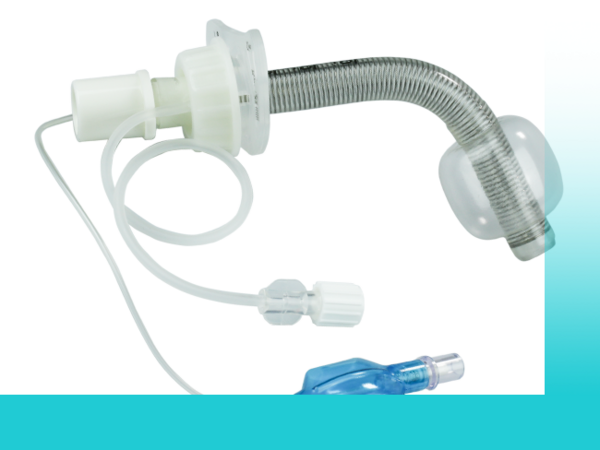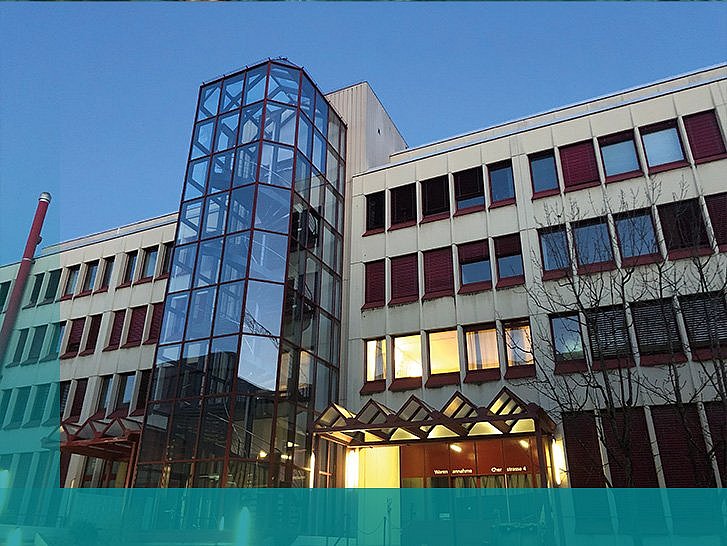World Cancer Day
Every year, 4 February is the fixed date for World Cancer Day - an international day of action organised by the UICC (Union for International Cancer Control) and other organisations. Its aim is to raise the general awareness of scientific research, prevention and the treatment of cancer in society.
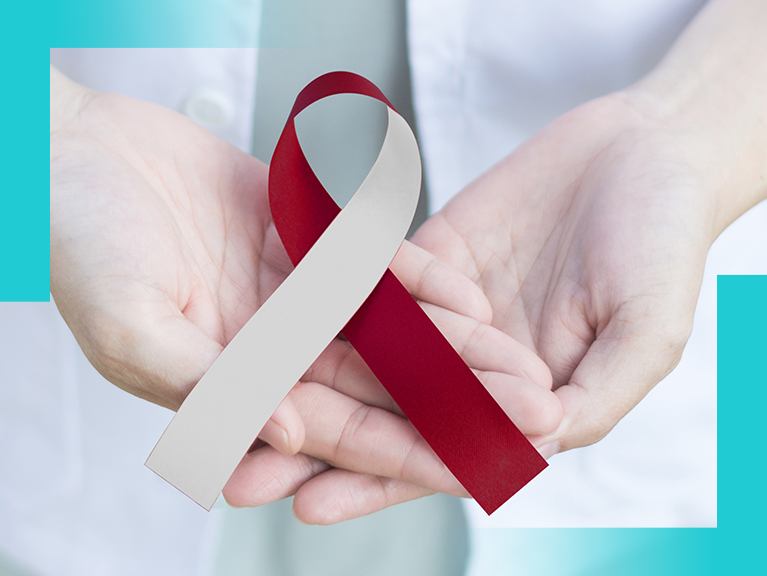
No disease has been researched as intensively as cancer. Today, the disease is viewed from different perspectives within various medical specialties. As a result, the need for interdisciplinary cooperation has emerged over time. In addition to medical, therapeutic and nursing expertise, the professional use of needs-based aids forms an elementary part of patient care.
Head and neck tumours
Head and neck tumours, which include laryngeal cancer, account for 5 per cent1 of all cancers worldwide. Despite the severity of the disease and the increasing prevalence, awareness in society is relatively low, which can lead to the head and neck tumour already being at an advanced stage by the time a diagnosis is made. In most cases, the tumour develops in the epithelial cells of the mucous membrane of the tongue, throat, oral cavity and larynx. Data from the last ten years indicate that there has been a noticeable increase in head and neck tumours. Although men are affected 2-3 x1 more often, the number of women suffering from the disease has also increased considerably. Most diseases develop after the age of 401. Smoking, alcohol and HPV (human papilloma virus) are considered to be triggering risk factors.
What are the typical signs of laryngeal cancer?
Typical signs of the disease may include chronic cough, persistent hoarseness, foreign body sensation, sore throat, difficulty swallowing, frequent clearing of the throat or damage to the mucous membranes in the mouth.1 If signs or symptoms persist for longer than three weeks, a specialist should be consulted.1 National screening programmes support the necessary measures.
How is laryngeal cancer treated?
In many patients with advanced head and neck tumours, the placing of a tracheostoma is often unavoidable. The change in the airways for breathing through a stoma may be temporary in the case of a tracheostomy, or permanent in the case of a laryngectomy, which means living with a permanent tracheostoma. Affected individuals then require various aids for airway management. In such cases, a FAHL tracheostomy tube, for example the SPIRAFLEX®, DURAVENT® or LARYNGOTEC® PRO in combination with an artificial nose, e.g. LARYVOX® EXTRA HME, is primarily indicated.
The needs-based product adaptation for the patient is implemented on an interdisciplinary basis by the specialist physician together with our certified medical device consultants and possibly other therapists. Regular visits by our medical device consultants to the patient's home later give them the necessary confidence in using their aids and ensure professional and long-term after-care outside the hospital.
What happens when laryngeal cancer is diagnosed?
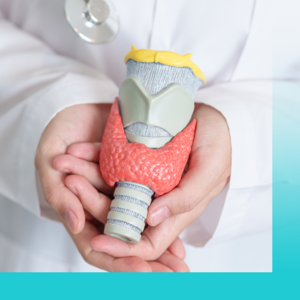
A diagnosis of advanced laryngeal cancer usually requires surgery, such as a partial or complete removal of the larynx, the so-called a laryngectomy. The affected individual then has various options for voice rehabilitation. The initiation of the body's own ructus voice (oesophageal substitute voice) is the oldest method.
For several decades now, a further option has been the use of a voice prosthesis, which is placed in a so-called shunt canal between the oesophagus and trachea as part of an initial surgical procedure. Examples of voice prostheses include the Blom-Singer® Classic Indwelling or Blom-Singer® DUAL VALVE™ Indwelling Voice Prosthesis.
Alternatively, different models of electronic speech aids are also available. Tumour diseases are always a serious diagnosis, often accompanied by a noticeable change to a person's life situation. Our specialised teams for the provision of aids, including ventilation and oxygen therapy, offer continuous support, advice and guidance, also in coordination with our department for speech therapy. The common goal is to identify available rehabilitation potentials and to enable an individually suitable provision of aids through our extensive product range. After all, the best possible results of rehabilitation improve quality of life permanently!
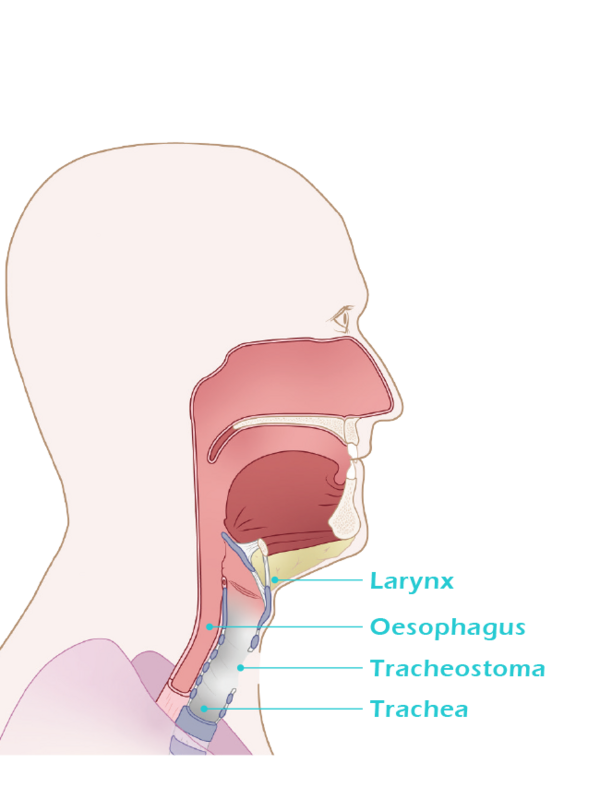
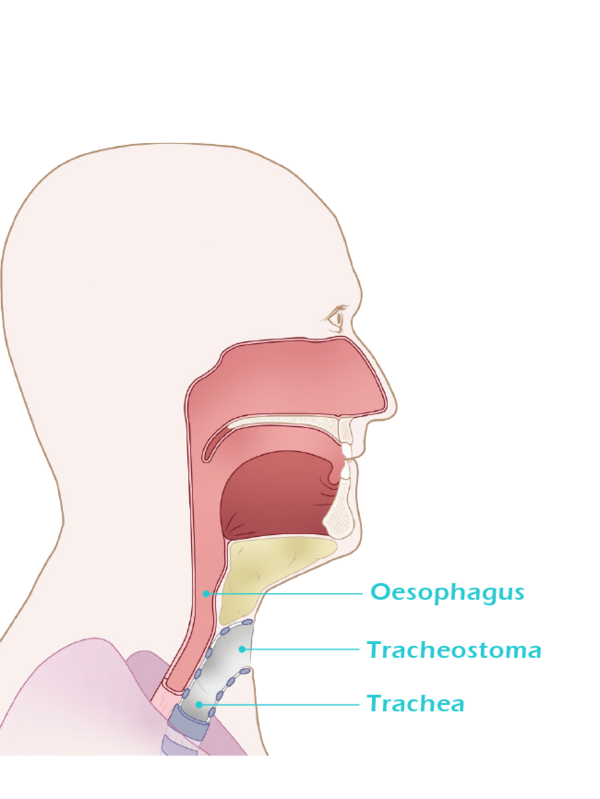
References:
1Make Sense Campaign
www.kopf-hals-krebs.de
www.worldcancerday.org/
www.krebsgesellschaft.de
Krebsliga Schweiz


